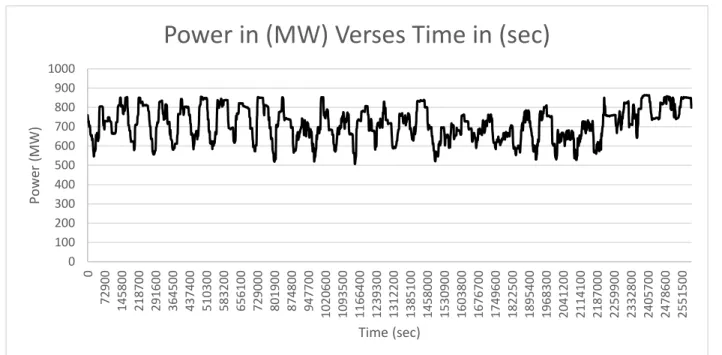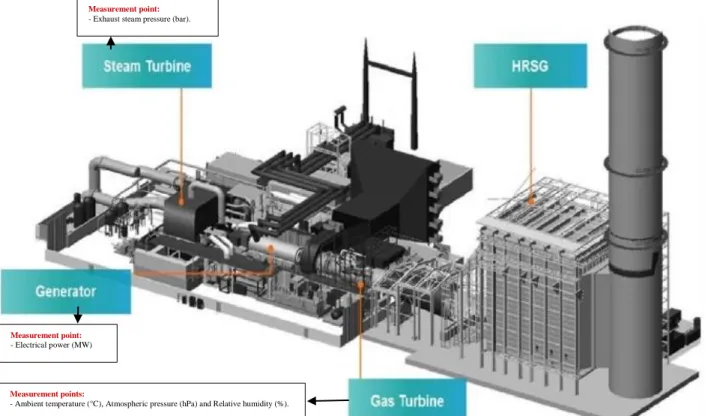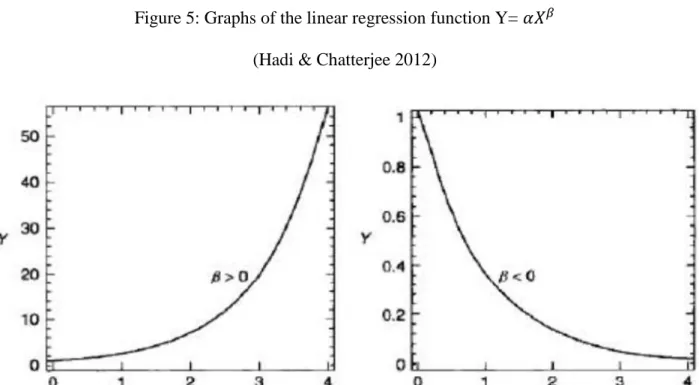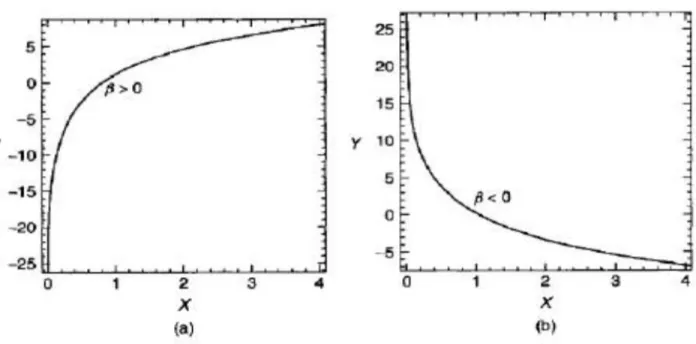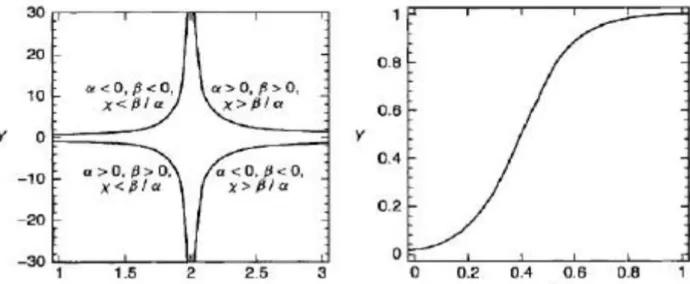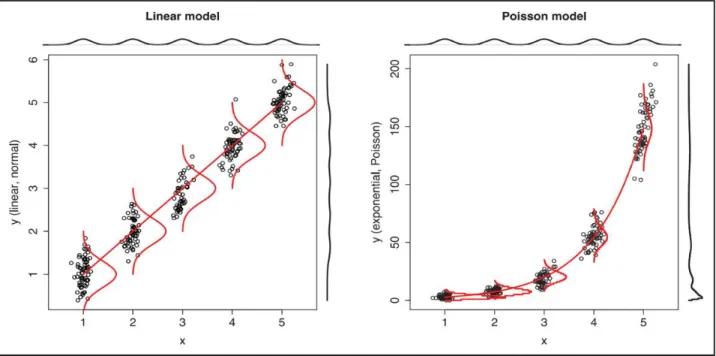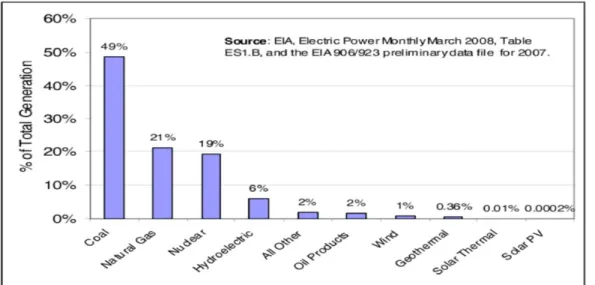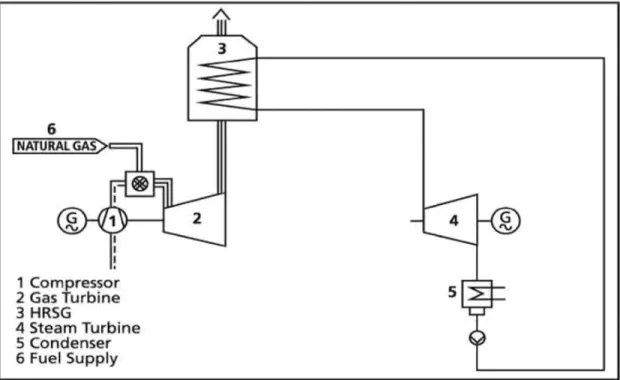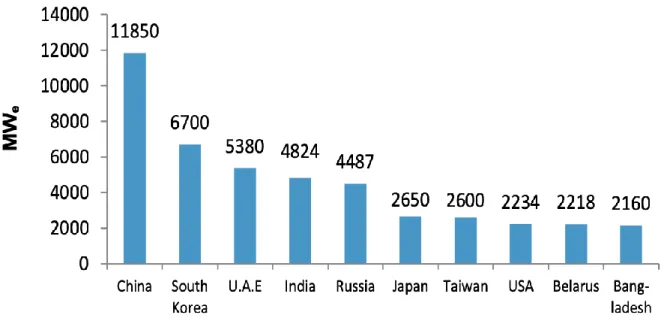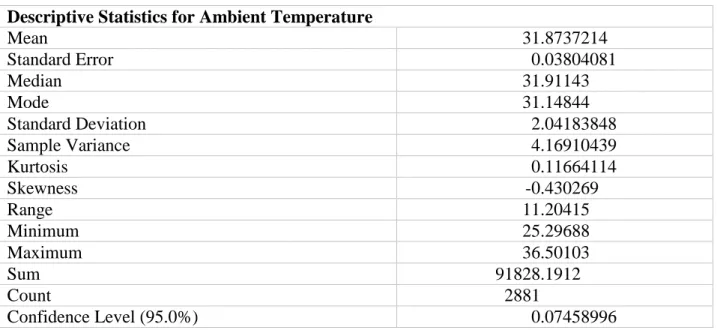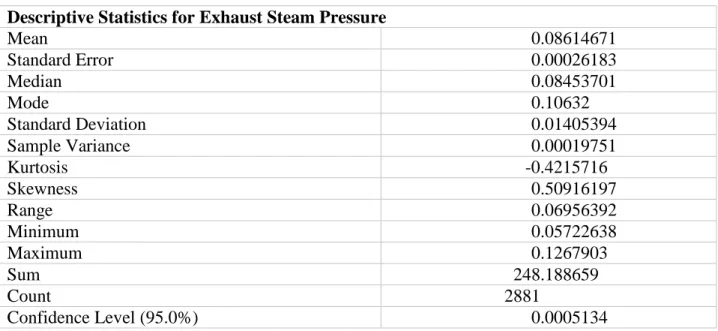I understand that a copy of my research will be deposited in the University Library for permanent safekeeping. I understand that the British University in Dubai may make a digital copy available in an institutional repository. I understand that I may apply to the University to maintain the right to withhold or restrict access to my thesis for a period normally not exceeding four calendar years from the congregation in which the degree is awarded, the length of the period to be specified in the application, in total with the exact reasons for making this application.
The author whose copyright is indicated on the title page of the work has granted the British University in Dubai the right to loan his/her research work to users of the library and to make partial or separate copies for use in teaching and research. In order to improve the utilization of power plants and improve production, this study is devoted to forecasting the base load electrical power production of a combined cycle power plant in the UAE. The data for this study is sourced for one month (September 2021) from factory sensors of specific sensors installed in the power plant, and provided the data for input characteristics corresponding to affecting and changing electricity production.
In the UAE, the hot summer climate and ambient weather conditions adversely affect the performance of gas turbines (GT) and also have an impact on steam turbines. The change in exhaust vacuum pressure in the steam turbine is affected by the change in ambient temperature, relative humidity and atmospheric pressure in the gas turbine.
- Background
- Electrical Energy Production and Consumption
- Research Problem Statement
- Research Conceptual Framework
- Dissertation Research Questions
- Dissertation Aims and Objectives
- Research Aims
- Research Objectives
- Research Limitations
- The Organisation of the Dissertation
Few studies have discussed the effect of environmental parameters on target power production in UAE and Arab countries. In general, robust planning and the use of strong models reduce uncertainties in production graphs. This research will mainly focus on the effect of environmental parameters on energy production using linear regression analysis, artificial neural networks (ANNs), graphs and trends to help decision making, making recommendations, optimizing the use of energy production in UAE and emphasizing efficiency concerns base load power plant production with respect to environmental variables.
A CCPP in the United Arab Emirates aimed to optimize the utilization of electricity generation and increase its efficiency was influenced by many factors. The main objective of this research is to improve CCPP utilization in the UAE by performing two methods of analysis. To predict electrical power as a product of a CCPP in UAE based on the influence of input variables such as AT, AP, RH and V pressure using linear regression.
Lack of previous research on the topic in the UAE: there is a lack of research that discusses the aims and objectives of this study in the UAE and the Arab region, so an intense search was made to find the relevant facts and it to compare with other regions, to help with the interpretation of the model and to support the calculations. Method of analysis: this research focuses on two methods of analysis, the linear regression method, as studied in the Engineering Statistics module (ENGM501), and ANNs.
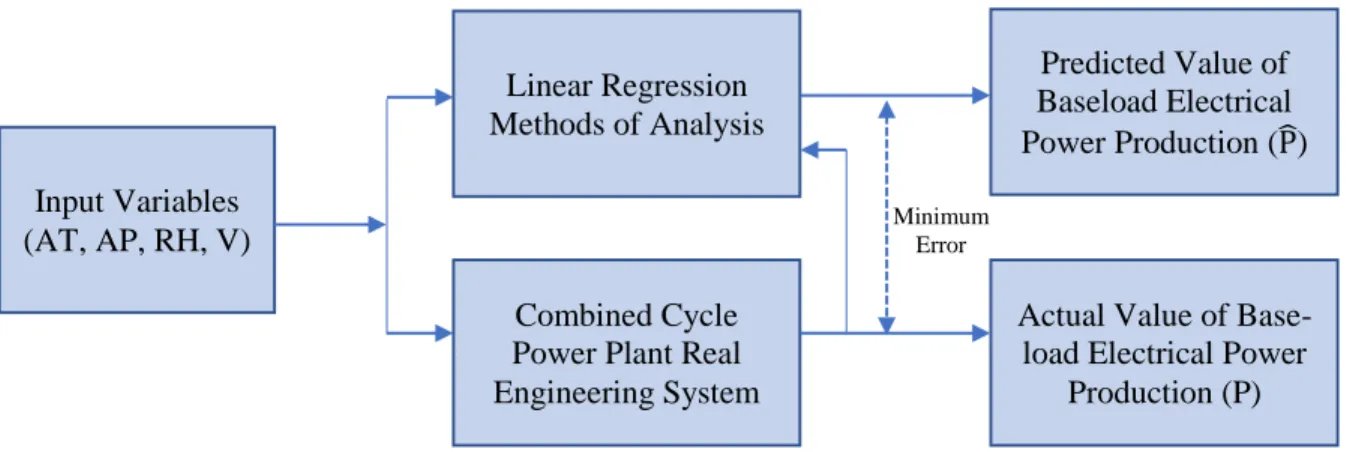
Machine Learning Methods and Predicting Quality
Statistical Modelling and Prediction Equations
Regression Methods Used for Modelling Dynamic Processes and Systems
Checking the Prediction Model’s Accuracy
Prediction of the Power Production Using Regression Analysis
Power Plants’ Production Concepts
Types of Power Plants
An Overview of a Combined Cycle Power Plant
Power Generation in UAE
Linear Regression Modelling
The variables were obtained from the power plant after receiving formal consent, so there is no need for a full audit. Here 𝜀 is the random error, 𝛽0, 𝛽1, 𝛽2 and 𝛽𝑖 are the changes in the response variable 𝑌 in terms of a unit change in the independent variable 𝑋𝑖, while all other parameters remain constant. Regression coefficients will be calculated using the least squares method, a statistical method used to analyze data points and find the best fit by minimizing the sum of squares of the residual points in the linear regression model ( Kong, Li & Zhang 2019).
Variables outside the range of this predicted model may indicate an extrapolation error if tested using this regression model to obtain the response variable. It should be noted that Microsoft Excel will be used for calculations, along with Minitab and RStudio to show graphical representations of the data. According to Banhidarah et al. 2020), to find the environmental parameters that affect power production, a null hypothesis is established to see if the independent variables, such as AT, ambient pressure, RH and V (variables 𝑋𝑖) affect the dependent variable P.
The first is the null hypothesis (Ho) which states that the independent variables and the P have no relationship. The second is the alternative hypothesis (H1), which claims that there is evidence of a relationship between the independent variables and P. Sampling analysis will be carried out to find the trends using scatterplots, showing patterns and through the data dividing into subsamples to explain the force production.
Subsequently, regression analysis will be discussed with appropriate calculations to find the best model, perform model validation, and to discuss results and trends to provide recommendations and conclusions.
Artificial Neural Networks
Dehghani Samani (2018) explained how this method works; a simple understanding of the human brain is enough, as the human brain learns from life experiences and creates interactions between so-called 'neurons'. One type of ANN is the MLP network, which consists of neurons as elements that have transfer functions linearly or nonlinearly related by a weight matrix. Here, 𝑧𝑖 is the normalized power output value, 𝑥𝑖 is the power output value, min(x) is the minimum power output value, and max(x) is the maximum power output value.
As mentioned earlier, the CCPP power generation will be studied based on environmental parameters such as: AT, AP, RH and V. During the training process of the ANN method, the weighting coefficients (wi) and bias (b) can be changed for specific objectives . For example, the subsets can be randomly divided into three independent categories: 70% of the samples are for the learning package containing the weights.
After that, the ANN functions by taking the input (XLearning) and the randomly selected values of weights and biases from the learning phase to run the network and get the output values (YPredicted) and θ, which is the error. Here θ is the number of iterations and M corresponds to the total number of samples chosen in the learning phase. This is done automatically by some algorithms in the software that will be used to run ANN.
The network generalization will then be completed, as internal validation will be used to test it, and the training process will be terminated when the generalization does not continuously improve. In fact, this internal testing method has no consequence for the entire training process; it only serves as a measure of network performance that is independent of the entire training process. In this research, the sigmoid function will be applied in RStudio software for the nodes of the hidden layer.
In addition, empirical experiments will be made to find the number of nodes in the hidden layer. It is used to update weights in the learning process relative to the error value. Finally, the learning stage stops, either when the learning stage values stabilize or when the error is below the limit.
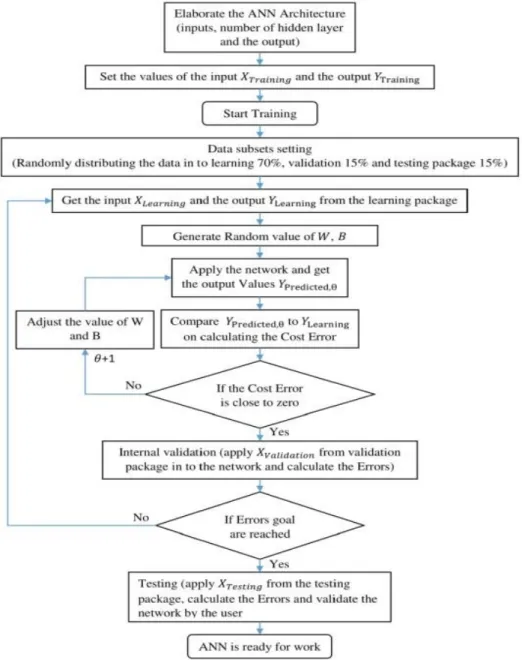
Checking the Accuracy of Models
Data Summary
Linear Regression Analysis
Linear Regression Using Program Coding
Artificial Neural Networks
Checking the Model’s Accuracy
Conclusion
A statistical approach is presented to develop a model that estimates the electric power production of a CCPP in the UAE based on environmental parameters. Unlike thermodynamic modeling, which requires too much effort and time, this study does not involve a significant number of assumptions, leading to unsatisfactory and unreliable results, and does not consider nonlinear modeling. Instead, it uses statistical modeling and ANNs as MLMs to find electrical power production and draw valuable disturbances.
Additionally, the data in this paper is limited to one month only with no missing values. However, sampling variability is low and the model presented robustness to outliers, providing good prediction. The purpose of this study involves finding the effect of predictors (AT, RH, AP, V) that potentially affect the target variable (P) based on linear regression modeling and ANN.
First, power data was plotted against time to check for possible trends, and there was an almost constant trend in overall weekly power production. The second highest correlation with power production was found to be with the and, which had a negative relationship with power. In addition, the influence of each input parameter was discussed separately and a final model equation was obtained to predict electricity production with an R-sq value of 53.49%.
The best data set based on the weekly time frame was for the first week, which had an R-sq value of (82.16%). Using RStudio software, ANNs were created to predict energy production using artificial intelligence and the model prediction equation was found. Accordingly, the correlation between the actual and predicted value of electricity production was found to be 0.814, which indicates the validity of the predictive model.
In addition, the error value of the model was found to be low after normalization, 17.768191. Finally, the accuracy of each model (linear regression prediction models and ANN's prediction model) was calculated.
Recommendations
Influence of relative humidity on the air cooling thermal load in a gas turbine power plant. Techno-economic analysis of gas turbine charge air cooling for combined cycle power plants for different climatic conditions. Available at: https://www.power-technology.com/projects/cascade-combined-cycle-gas-turbine-ccgt-power-plant-alberta/.
